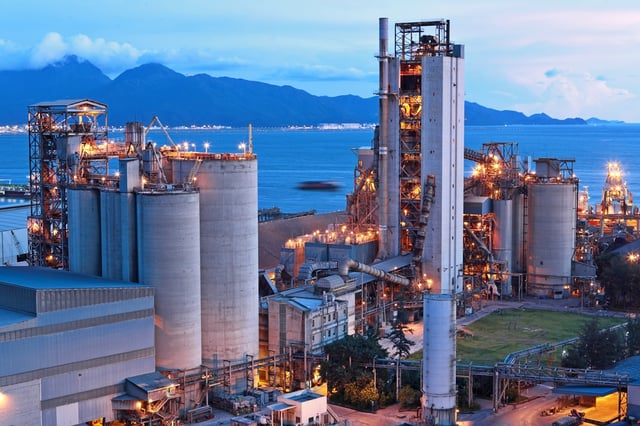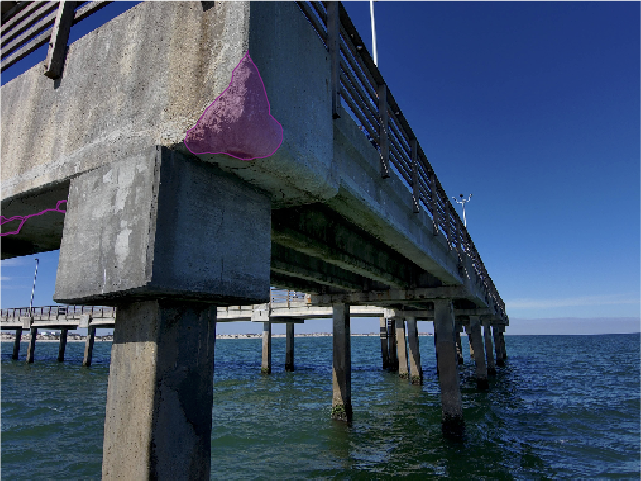Regular Oil and gas inspections help the companies to ensure the integrity of their systems and comply with regulations and codes. The nature of the gas and oil industry demands extra safety precautions to avoid fires, accidents, and damage to the environment.
The oil and gas products are toxic and dangerous. They are highly flammable, causes health complications to people who inhale the fumes, while contamination from the products is bad for the environment. Further, some by-products of the crude oil increase the deterioration of the metals through corrosion.
To minimize the risks and make it safer, it is critical to ensure that all the components of an oil and gas facility are well maintained at all times. Keeping an eye on the entire system may not be practically possible. However, carrying out regular inspections ensures that the equipment is in working condition, while helping to identify defects, leaks or other dangerous situations.
Unfortunately, performing the gas and oil asset inspections and testing is not as easy, especially using the traditional methods. Modern technologies are increasingly becoming popular, such as drone inspections, but they too have their challenges.
The ugly truth about the oil and gas industry is that oil, gas, and petrochemical industries are two very risky industries. In fact, it produces the most number of fatalities, by percentage, compared to other industries - making it about seven times dangerous than other industries. Inspecting these structures is also expensive and risky due to a variety of reasons.
What make the oil and gas inspections risky
1. Dangerous Fumes in the Facilities
Other than physical accidents, there are other equally fatal risks such as the toxic fumes from the tanks. The fumes can also cause explosions, especially when an asset inspector uses substandard equipment or practices. For example, there are specific tools for oil and gas industry. These are made from materials that do not generate sparks and other conditions that may cause fires or explosions. This is especially so when the inspections use equipment that may release sparks, either from malfunction, during the mounting exercise, or arcing between moving electrical contacts.
2. Inspectors and Workers Safety
For the asset inspection and testing workers to access the roofs of the facilities such as tank farms, they use a variety of risky climbing or suspension equipment. The state of this equipment, mounting, the health of the supporting structure such as walls and ground, are all factors that contribute to the safety of the individual. When in bad condition, they can lead to falls and accidents. This can affect the inspector as well as the people within the vicinity. In addition, the roofs of some structures such as tank farms and others may be slippery or weak, due to corrosion and other defects. Walking on these structures exposes the inspector to risks such as slips, trips, falls, and cuts due to the broken parts. However, drone inspections can solve this problem easily and effectively.
3. Vehicle Accidents
Accidents may also occur when asset inspector and their workers are traveling to the oil and gas sites, pipelines, and other onshore and offshore facilities. In fact, vehicle accidents happen to be the top-most cause of fatalities in the oil and gas industry. Some contributing factors include fatigue due to long distances, inclement weather, challenges when transporting heavy equipment or unavoidable circumstances beyond the driver’s control.
Other reasons include long working shifts, especially when traveling to, or, working in the remote areas. This contributes to driver fatigue and can even be worse when there are delays and the team is in a hurry to meet deadlines or need to complete the work and get back to their duty stations.
4. Hostile Environments and Unfavorable Weather
Some oil and gas installations such as pipelines pass through remote areas. The areas may be hostile and dangerous due to the difficulties in accessing them, uncooperative communities, wild animals and more. This poses a challenge to the inspectors and field support teams. Industrial grade drones can help inspectors solve this problem, especially in the oil and gas industry.
The inspection comprises numerous tests; some of which may take several days or weeks to complete. Any unfavorable weather changes occurring in the field or remote facilities become a hindrance, especially if heavy rains or snow occurs in the middle of the oil and gas inspection and testing process.
5. Challenging Living and Communications in Remote Sites
The inspectors spend some of their time traveling to and from, as well as carrying out several tests in remote or isolated locations. Most often, the communication in these areas is limited and, sometimes, the crew members have to contend with harsh living conditions. In the case of emergencies, the distance and lack of efficient communications lead to delays in the getting assistance, supplies or any other support. In addition, the communication may delay the relaying of the oil and gas inspection reports to the control rooms or relevant people.
6. Explosion or Fires From Arcing and Malfunctions in Inspection Equipment
Even with modern technologies such as the drones, unmanned autonomous vehicles, robots and others, there is still a risk of fires in spaces with a high concentration of flammable gasses. The highly flammable gasses in the facilities or leaking pipelines can be at dangerously high levels that even small sparks will automatically lead to fires and explosions. This is not only dangerous to the asset inspectors but to the whole company since it can take the whole system down and lead to equipment damage, loss of production and severe losses.
7. Inspections Require Shutting Down Operations
The oil and gas processes are complicated and involve several departments for the efficient production and delivery. To ensure smooth operations, it is important to carry out the inspections throughout the whole chain. This requires closing down some operations to access or fully analyze some component which may require testing both when in and out of operation – something which leads to loss of production and revenue.
Drone Inspections Can Help
Inspection Drones fitted with visual cameras and IR cameras can help in implementation of RBI inspections of Oil & Gas assets under API RP-580 as well as Fitness-For-Service Analysis under API 579-1 / ASME FFS-1. Inspection Drones which are designed for operations in closed or congested spaces can prove extremely advantageous for inspection carried out under piping (API 570 – Piping Inspection Code) and tankage (API Std 653 – Tank Inspection, Repair, Alteration and Reconstruction).
There is no doubt that supported by back-end data analyses and processing capabilities, inspection drones are a useful tool for managing risk by making informed decisions on the maintenance requirements and frequency of inspections. With regards to RBI analysis, periodic drone inspections can provide vital information regarding numerous process safety management issues that can affect the overall mechanical integrity and safety of a process unit.
About Industrial SkyWorks:
Industrial Skyworks (ISW) is a commercial, Unmanned Aerial System (UAS) and data management solutions company with offices in Houston, Toronto and Trinidad. Founded in 2012 by pilots with backgrounds and expertise in aircraft safety systems, risk management and aeronautical sciences, ISW inspects buildings, and oil and gas infrastructure using small Unmanned Aerial Systems (sUAS). They are the first company ever to receive FAA approval for night-time commercial drone operations and flew the first ever FAA-sanctioned night flight in the U.S., in the Fall of 2016.
Tags
Oil and Gas



.png)
